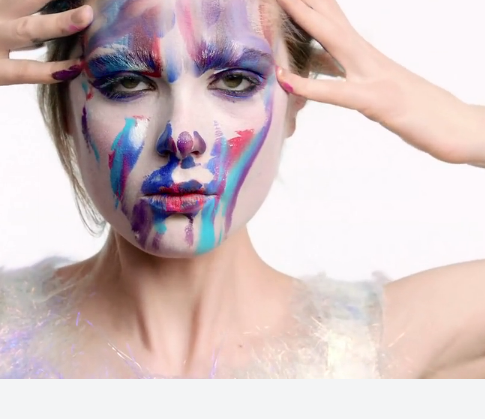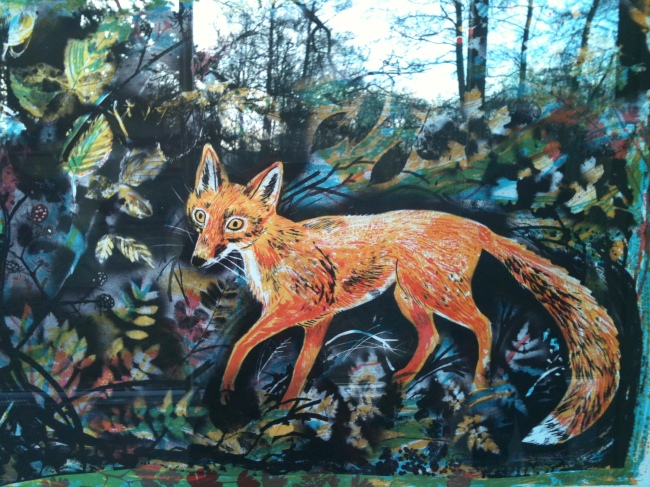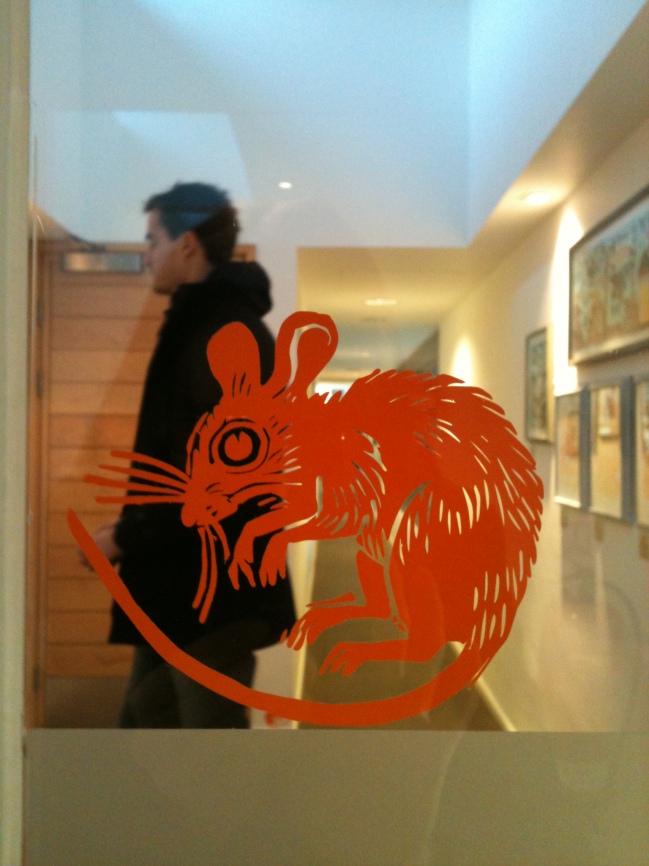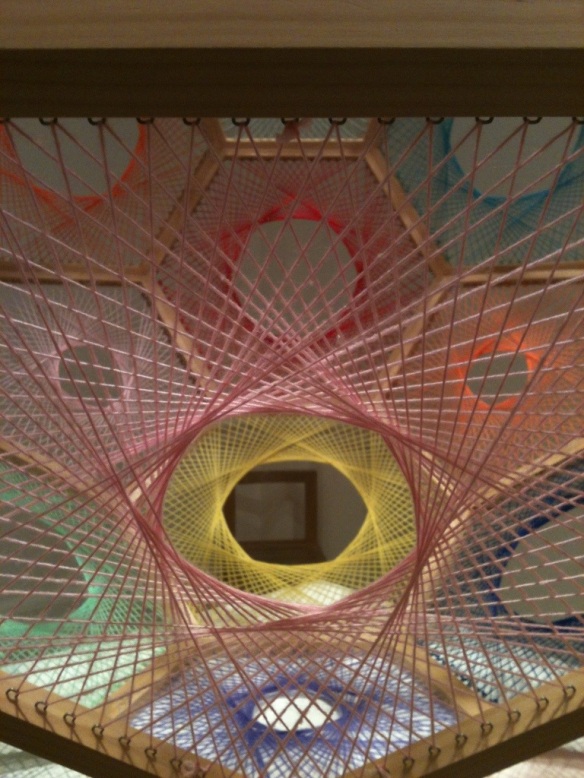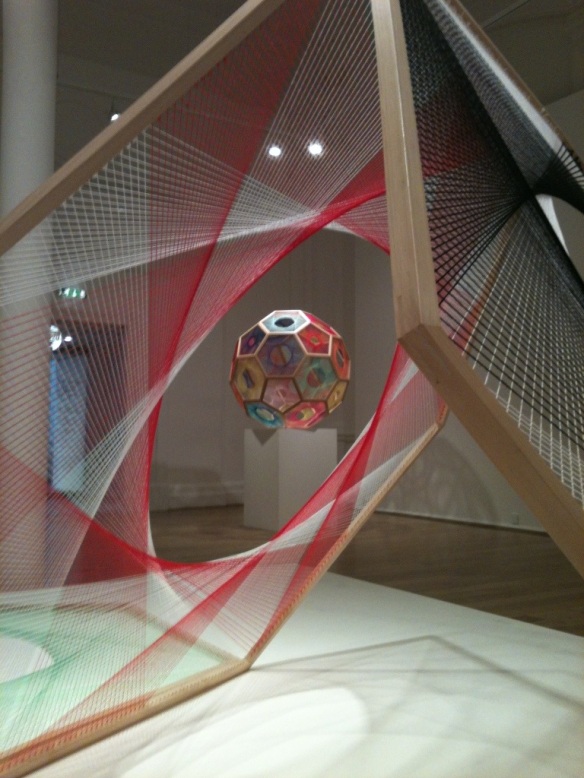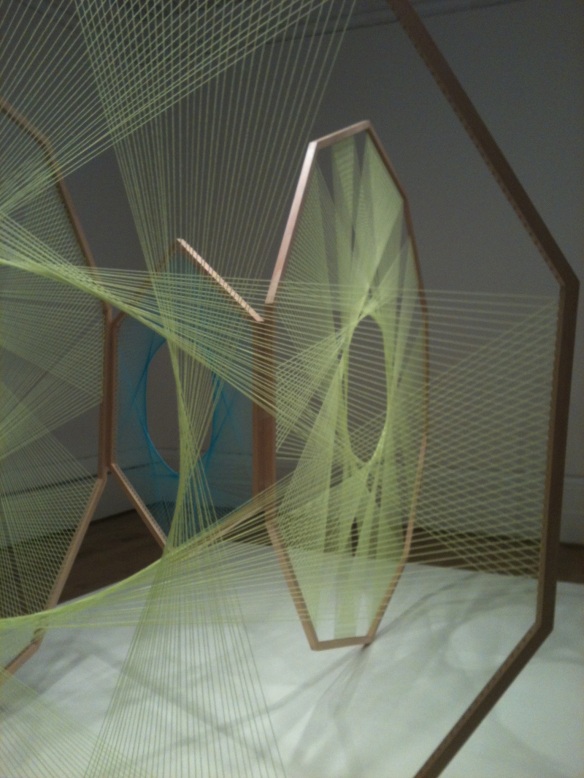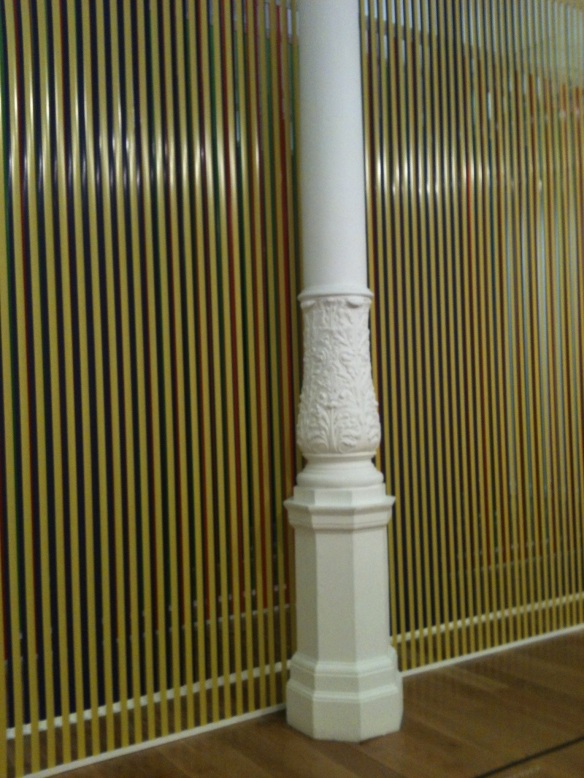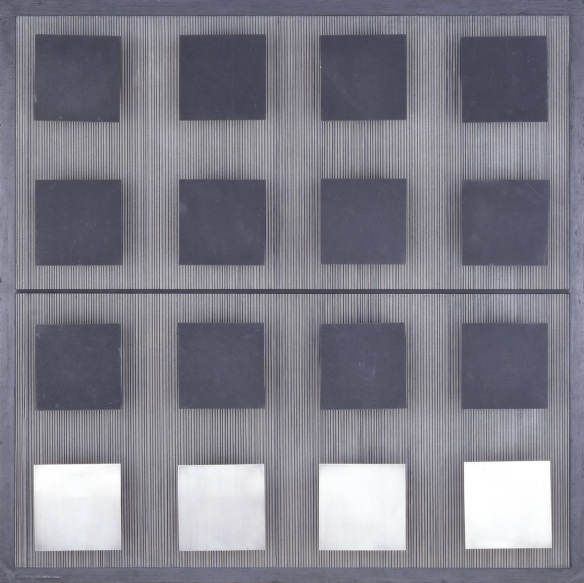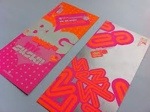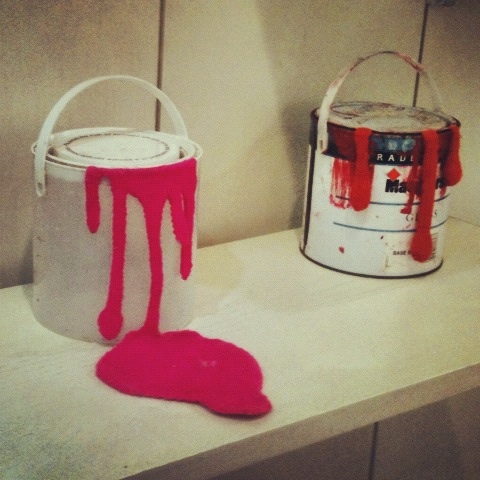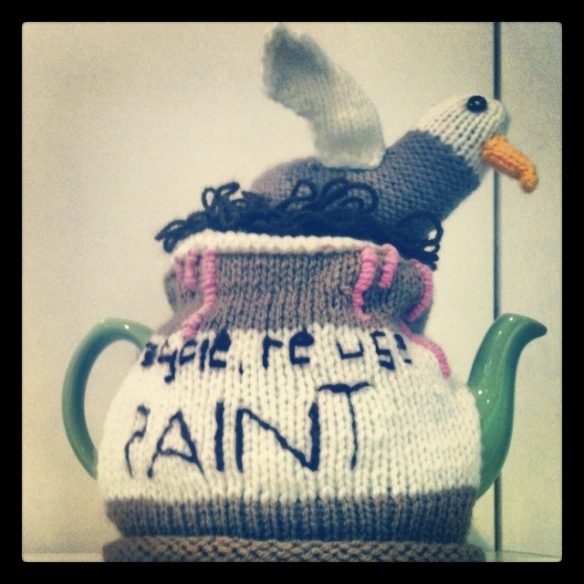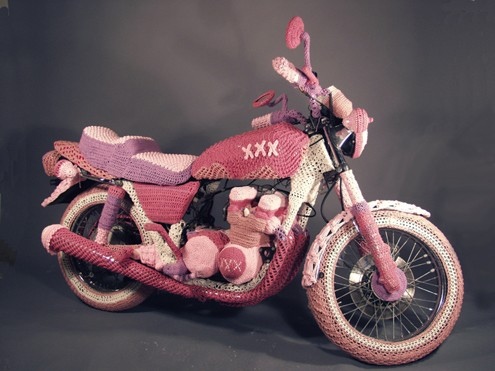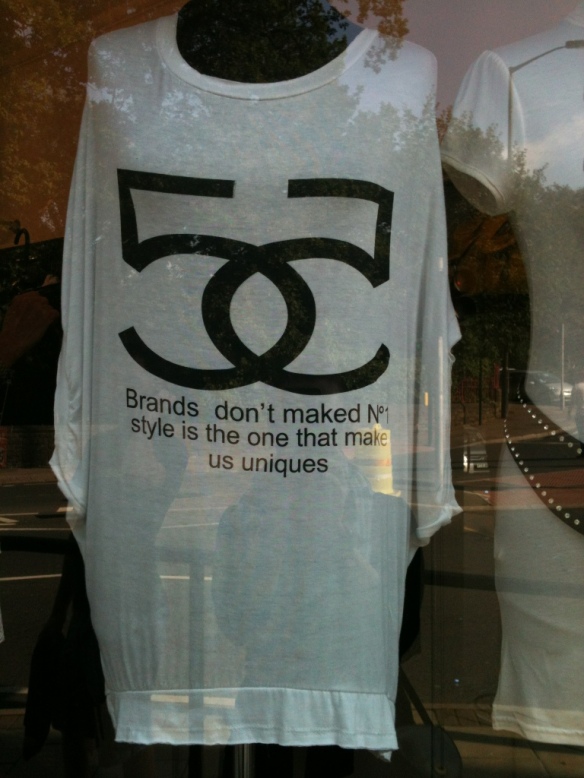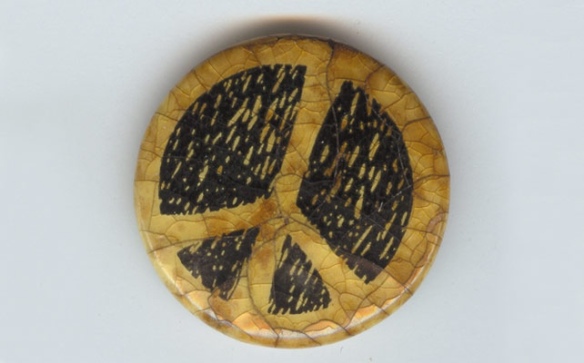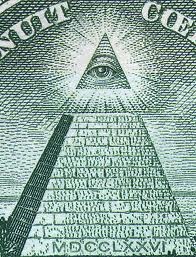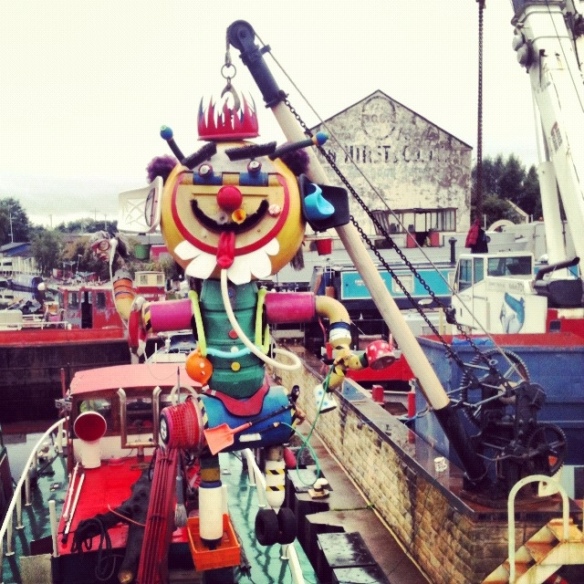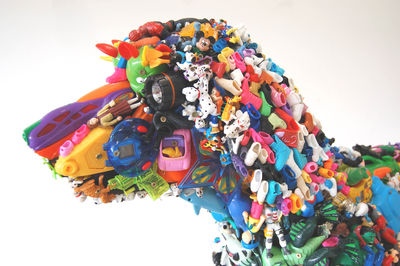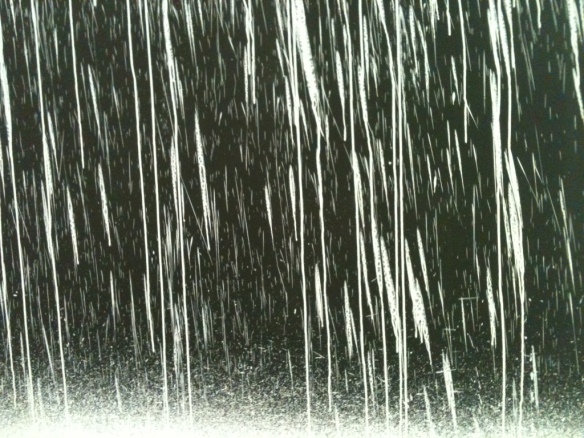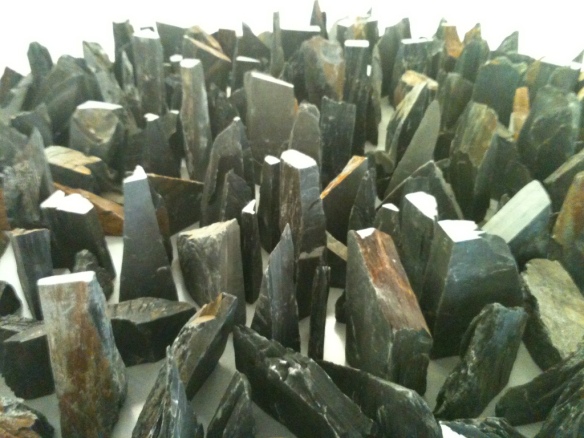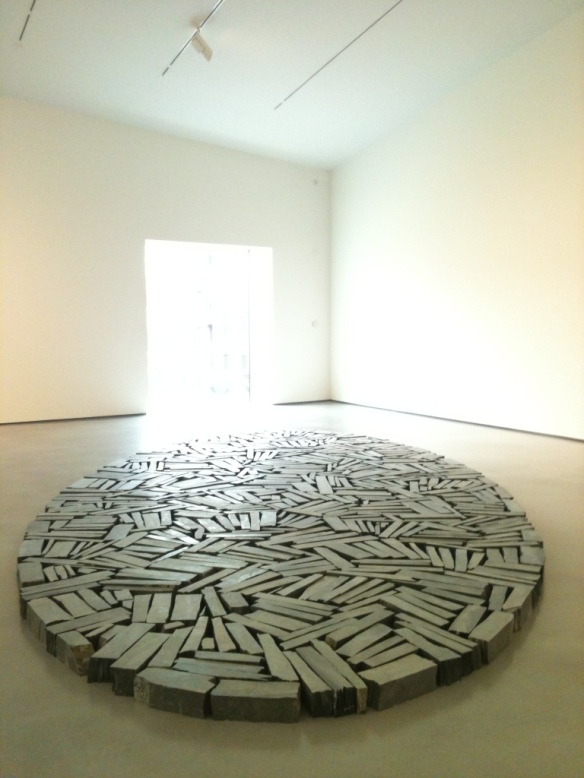This is a promotional video by i-D magazine – it is a show piece and it works.
There is no overly complicated concept for you to think about, it’s fun and it looks cool and this is what makes it successful. After all, what is the point in over complicating something just for the sake of it? i-D are clear in their intentions for the video: ‘…Showcasing 26 make-up looks by our amazing new Beauty Editor Isamaya Ffrench, i-D’s latest fashion alphabet brings together our favourite girls of the moment: Ola Rudnicka flutters her black “kohl” eyes while Sigrid Agren drips with colourful “oils”…’
I imagine that this would be a dream project for most make-up artists – my sister is a make-up artist and she often complains about how people perceive the industry. Make-up artists do not always receive the same recognition as a photographer or stylist working on the same shoot. However, in their work make-up artists follow similar processes as any creative working in other artistic disciplines – working to a brief or concept, experimenting with materials and techniques, collaborating with others. The film follows a simple format working through from A-Z – there are some obscure responses for the more trickier letters of the alphabet such as ‘YOLO’ for ‘Y’ and “Shhhh” for Z but this is what gives the film it’s playful feel.
My personal favorite is ‘H’ for ‘Highlight’. Colour has been applied to the models face, literally mapping out the zones of the face where highlighter would be applied.
Perhaps the reason that I really took note of this video is that recently a lot more of my students have started to show an interest in producing film or moving image. What usually happens is that students underestimate just how much more there is to consider when you start to work in this medium. Yes, you need to think about how it is going to look but what about everything else? Try watching TV with the sound turned off – (this is an interesting exercise for other reasons and deserves a blog post all of it’s own) you soon realise how much of an impact sound has on the way we receive visual information. The music or soundtrack will make or break a film – imagine the shower scene from psycho without those terrifying strings.
The music in the A-Z of beauty is atmospheric and evocative – listen to how it becomes metallic sounding throughout the ‘m for metallic’ section or in ‘T’ for Tan the sizzling, searing edge after the pause, really suggests heat.
The narration by the models lends personality to each little segment of the video, which avoids a felling of repetition, keeping us (the viewer) interested.
The transitions (how one scene moves or connects to the next) are something that students rarely think about to begin with but once it is pointed out, there is always a ‘light bulb’ moment. The A-Z of beauty simply cuts from scene to scene so it has a ‘punchy’ feel to it. The reason that the film doesn’t feel jumpy is that shorter more static clips have been balanced with slightly longer ones that include movement of some kind; either the models are moving or the camera is panning across the scene. This stop, start, flow pattern is echoed in other ways throughout the film, in “W’ for “Water” for example, the model flicks her wet hair as she spins around to face the camera – her movement has the same rhythm to it, a quick snappy movement followed by a slower more flowing pause.
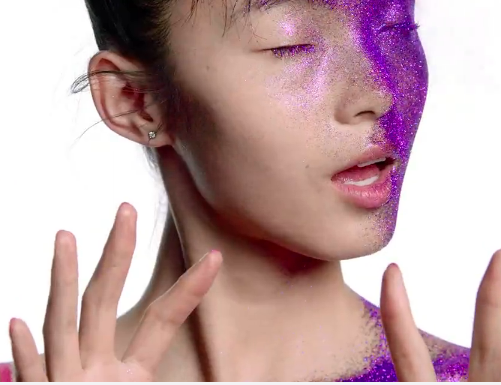
The lighting has obviously been carefully controlled in a studio environment to ensure consistency and ensure each look is shown off to maximum effect. Lighting is another thing that students often neglect to think about until they start filming something and run into problems. There is only so much that you can do to your footage after filming to remedy this, so it is far better to spend time planning how you want your film to look, experimenting with different lighting and testing ways of controlling it depending on the environment you are filming in.
Once you have your footage you will need to begin the process of editing it. I have already mentioned the rhythmic flow of the film by i-D magazine – this is the result of meticulous planning and probably many hours in the editing suite. If you are planning on creating a film and you are reading this I hope it gives you a few things to think about. When I ask students to storyboard something out they are very good at drawing how they want it to look, they can present mood boards that provide more detail but they very rarely have a plan that includes time to experiment with transitions and sound. If you are not a pro then the only way that you are going to learn is by trying things out.
What seems like a straight forward ‘simple’ format for a film takes a great deal of planning and polishing to make it look as slick as the A-Z of beauty.

